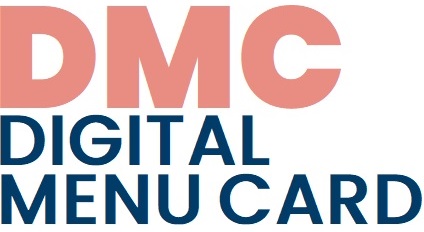Expert mosaic is a well-known and widely used method of cooperative learning techniques. The method is based on students ’independent learning and cooperation skills. The curriculum is acquired through group work, learning together and then teaching each other. The role of the teacher is limited to organizing the work and assisting in group work.
The application of the expert mosaic involves two phases:
1. In expert groups (divisions A, B, C, D)
2. In mixed groups (divisions 1, 2, 3, 4, each of A, B, C, D)
1. During the first phase of work, students are divided into groups of experts. The curriculum or topic should be divided into equal parts by the number of the expert groups. Each group of experts receives a different curriculum section or topic. They should first study this individually, then discuss it with their peers, and finally, they must prepare a joint note, poster, sketch, mind map, etc. from that part of the curriculum. During the study discussion, the goal is for each “expert” to reach a level of understanding of the curriculum that will be able to “teach” them in mixed groups, who will, of course, come up with a different part of the curriculum prepared in the same way from their own group of experts. It is good if students are given aspects for the processing, e.g. tasks related to the part of the curriculum, the solutions of which follow the educational aims. This facilitates and homogenizes the processing of the curriculum, e.g. we can help them to go into mixed groups with uniformly and purposefully processed curriculum.
2. In the second step, students work in mixed groups. Mixed groups are formed in such a way that each mixed group includes one of each of the expert groups. In the mixed group, the experts teach their peers the material processed in their own expert group or the material processed in the other expert groups. It is good to give the groups a specific task for the work phase of the mixed groups as well: what final product they need to get (outline, note, presentation of the complete curriculum, etc.)
The presence of a teacher during both phases of work is essential. It is especially important to pay attention to group dynamics and maintain cooperation between the group members, encouraging those who are lagging behind. Another teacher task is to answer students ’questions if a group turns to the teacher with such.
- Develops collaboration skills. Students learn the rules of empathy, tolerance, mutual acceptance and assistance.
- Develops cognitive and communication skills. Students learn a lot from each other about the accuracy of recognizing and articulating concepts and contexts. The task of teaching the material studied soon will act as an additional motivating force in this area.
- It develops a sense of responsibility.
- It is a learner-centred method that uses and further develops students’ independent learning, research, and teaching competencies.
- The teacher is not the source of the information but the coordinator and organizer of the learning process.
- Group work allows for a variety of learning styles and forms of illustration.
- Increases learning effectiveness.
- It offers equal opportunities to students with disadvantaged or more modest abilities.
- It meets the learning needs and information acquisition methods of the Z and Y generations, and thus also the modern educational requirements.
- It can also be used online, e.g. Zoom Breakout Rooms.
- The number of the groups is fixed, e.g. it has to work in a group breakdown where each complete mixed group has to be covered by a full group of experts. If possible, think of a group resolution of four times.
- It requires a high level of cooperation and communication skills on the part of students. If this is not the case, someone in the expert groups may be “left behind” in the curriculum, that is to the detriment of teaching in the mixed groups. Or, if a whole group misses the goal, a whole part of the curriculum will be left out for all the other groups.
- The curriculum needs to be “dosed” in sufficient amounts to be delivered in 2 group work lessons.
- It is successful for classes that have been accustomed to, experienced in teamwork. As with all group work, there is a high risk that students will talk over time, be fragmented, or spend too much time with detailed questions, and the goal will not be achieved. This is why it is advisable to familiarize students with simpler forms of group work and group cooperation before applying an expert mosaic. When initially applied, it is recommended to work in a longer time frame than usual, if possible.
- Attention should be paid to students who only are able to cope with less curriculum so that their work also adds value to the work of the other members of the group.
- Everyone deals with more of their own material, so students' knowledge can be uneven.
- In the case of an online application, e.g. In Zoom Breakout Rooms, the manual grouping is used for mixed groups. We can do this through the work of expert groups.
- Give precise instructions on what we are asking for as the end result of group work.
- Before using it, work with much simpler pair or group cooperative techniques that develop communication skills (e.g. making flash cards and learning with them, grid of opinions, etc.)
- Give tasks that even those with weaker abilities can understand and solve.
